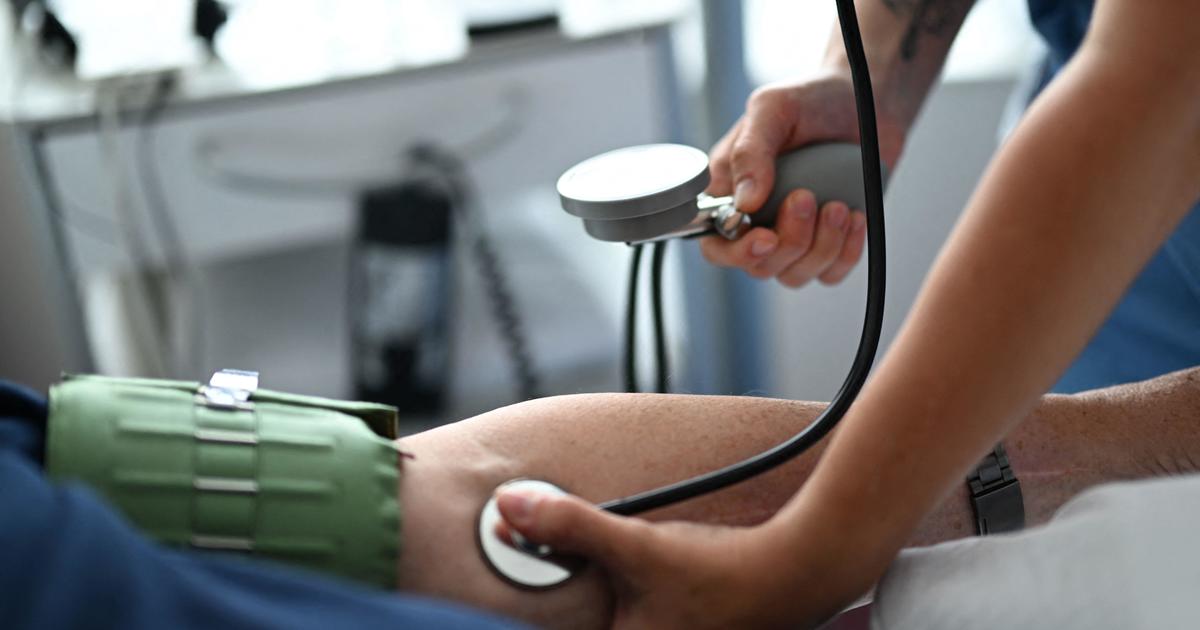What is Shigella bacteria? Experts explain the symptoms and treatments as drug-resistant strains raise concern
Cases of "extensively drug-resistant" Shigella bacteria are on the rise and pose a "serious public health threat," the Centers for Disease Control and Prevention warned last month. In February of 2022, the United Kingdom reported 84 cases of extensively drug-resistant Shigella, an unusually high number for the region. Hundreds of cases in travelers returning to the U.S. and countries across Europe from resorts in Cabo Verde included some with multidrug resistance.
The CDC said there are signs the percentage of Shigella bacteria cases that are resistant to a broad swath of antibiotics has begun to climb steeply around the U.S. Antimicrobial resistance happens when germs like bacteria or fungi develop mutations and no longer respond to medicines designed to combat them, making it harder to treat those infections or diseases, says the World Health Organization. Antibiotic-resistant "superbugs" are a growing concern around the world.
These strains can also spread their resistance genes to other stomach bugs, so typical antibiotics that have been successful in the past no longer work, leading to more disease and deaths from illnesses that were previously curable.
"We are seeing an uptick in infections that are actually resistant to all first-line antibiotics," Dr. Payal Patel, an infectious disease physician, told CBS News. "This is important not just for the public to know but for doctors to know and look out for in case they see a patient with this infection."
What is Shigella bacteria?
Shigella bacteria are gram-negative bacteria, shaped like rods, recognized worldwide as the most common cause of dysentery, a gastrointestinal illness resulting in severe diarrhea. There are four species of Shigella bacteria, says the American Academy of Pediatricians, and one of the four species causes a gastrointestinal infection only in humans.
The bacteria causes an infection called shigellosis, which the CDC says infects about 450,000 people a year in the United States. An estimated 242,000 infections involve antimicrobial-resistant strains.
Shigella bacteria that have developed resistance to all of the standard frontline antibiotics — known as "extensively drug-resistant" or XDR Shigella — first begn to spread in the U.S. in 2015 from Americans who likely picked it up abroad. The CDC says 5% of all Shigella test samples collected in 2022 were classified as XDR, up from 1% in 2019.
States have reported 148 cases to the CDC from drug-resistant outbreaks, the agency said on Feb. 28; 39% of those cases have led to hospitalization. No deaths have been reported.
How does Shigella bacteria spread?
Shigella is found in the intestinal tract of humans and can be easily transmitted through contaminated food or water or by touching items with the fecal germs and then touching the mouth. The bacteria is very infectious and it takes only a small trace to infect another person, says the CDC.
Medical experts say that washing your hands carefully and frequently with soap and water, especially after using the bathroom and before touching food, is the best way to protect yourself from infections.
Don't prepare food if you are sick, and don't share food if you or family members are sick, the CDC advises.
Travelers should also drink bottled or filtered water to reduce the chances of infection.
Asymptomatic carriers can transmit the disease. In addition, sexual transmission has become an important route for the spread of shigellosis, said the World Health Organization.
What are the symptoms of a Shigella infection?
Symptoms of a shigella infection include watery or loose stools. The incubation period is 12-96 hours after exposure. Symptoms usually start one to two days after infection and can last up to seven days.
In some cases, the symptoms can be more serious and include fever, stomach pain and cramps, and mucous-filled or bloody stools. Other reported symptoms include nausea, vomiting, loss of appetite, headache and malaise.
"If you are having bloody diarrhea more than three times a day and not able to keep anything down, that is a good time to start thinking about going to the ER," says Patel.
In some cases, bowel habits (the frequency and consistency of stool) do not return to normal for several months, says the CDC.
What parents should know about Shigella infections in kids
"Children younger than 5 years are the most likely to get shigellosis," the CDC says. "Children may get Shigella germs on their hands by touching surfaces (for example, toys, bathroom fixtures, changing tables, diaper pails) that a sick person used."
The agency notes that many outbreaks involve child care centers or schools, with children then spreading the germs to other family members. It advises parents of young kids to make sure both adults and children wash their hands with soap and water before preparing food or eating, and after using the bathroom or changing a diaper — including washing an infant's hands after a diaper change.
Kids should stay home from day care or school while sick, and should avoid going swimming or playing in a water park for a week after experiencing diarrhea, the CDC says.
Who's at risk of Shigella infection?
Anyone can get sick from Shigella bacteria.
Children are more likely to get shigellosis, as they often get infected when they put their hands carrying small amounts of bacteria into their mouths. Children and teachers should wash their hands frequently to reduce the spread of the disease.
The CDC says data suggests that Shigella strains circulating in children so far are almost all susceptible to antibiotics.
Public health agencies say other groups at high risk for shigellosis include men who have sex with men, international travelers who drink contaminated water, and people with decreased immune systems.
Most of the drug resistant outbreaks have been reported among adults who are international travelers, men who have sex with men (MSM), those living with HIV or experiencing homelessness, the CDC said.
"The highest proportion of XDR cases are among adult men (85%). These trends are also consistent with recent increases in outbreaks of antimicrobial-resistant shigellosis among MSM," the CDC's Dr. Naeemah Logan said in a statement.
Is there a treatment or cure?
Most people will get better from a Shigella infection without going to the hospital or taking antibiotics. The most common recommendation is bed rest and fluids, and patients can recover within 5-7 days.
But sometimes the infection can be serious. Shigella bacteria ranks as one of the leading causes of death linked to diarrheal illness around the world.
"Only use antibiotics if you are prescribed antibiotics from your doctor, and try to be aware about antimicrobial resistance and what we can do as citizens to help make sure we preserve antibiotics for our children," says Patel.
Lab tests can determine if a Shigella infection involves "extensively drug-resistant" bacteria. XDR Shigella have shown resistance to all of the typically recommended frontline antibiotic treatments: azithromycin, ciprofloxacin, ceftriaxone, trimethoprim-sulfamethoxazole, and ampicillin.
For patients with drug-resistant infections who need to be treated with antibiotics, doctors must seek out a handful of largely untested or typically unavailable options. At a recent webinar, the CDC floated the drugs fosfomycin and meropenem as potential options which have been used abroad, but acknowledged there was far from enough evidence for "official recommendations" by the agency.
–Reporting contributed by Alexander Tin



